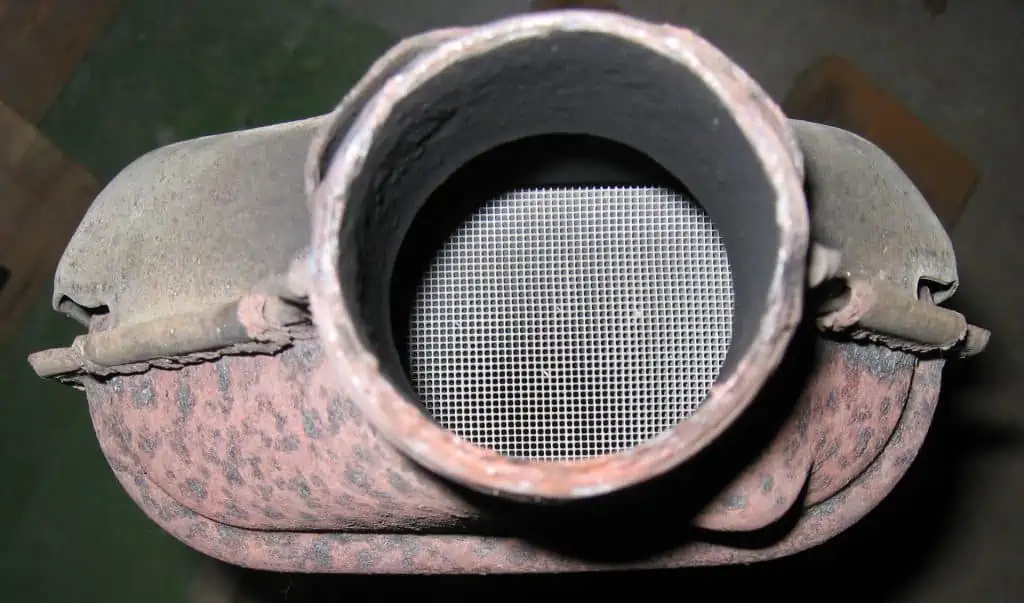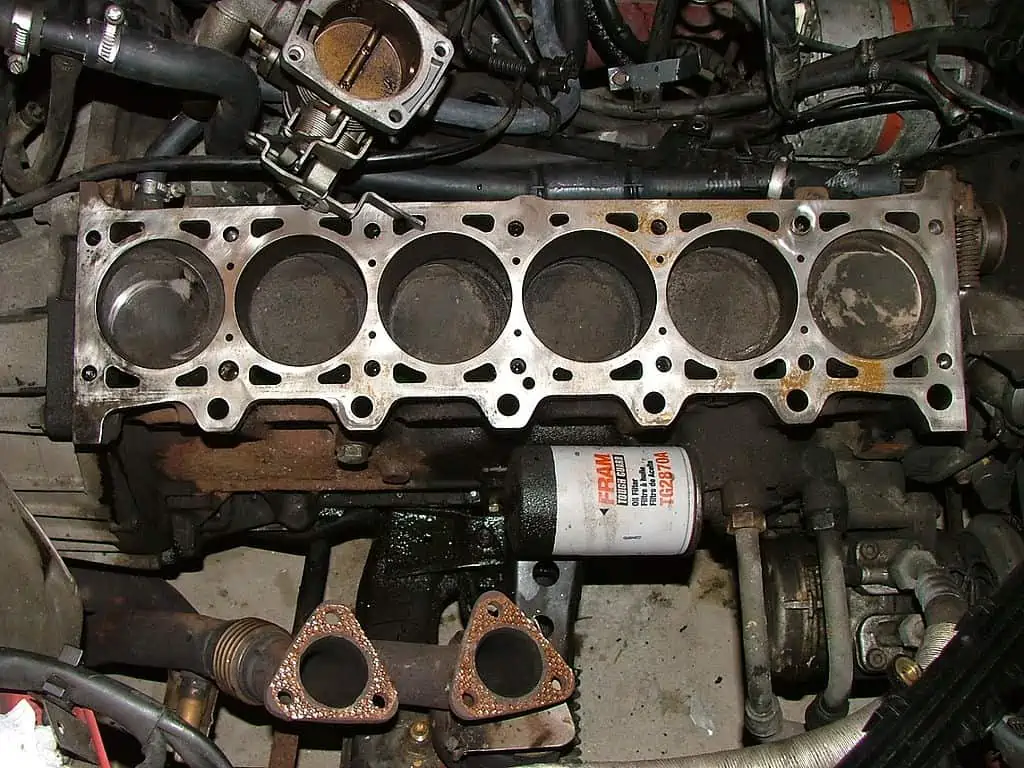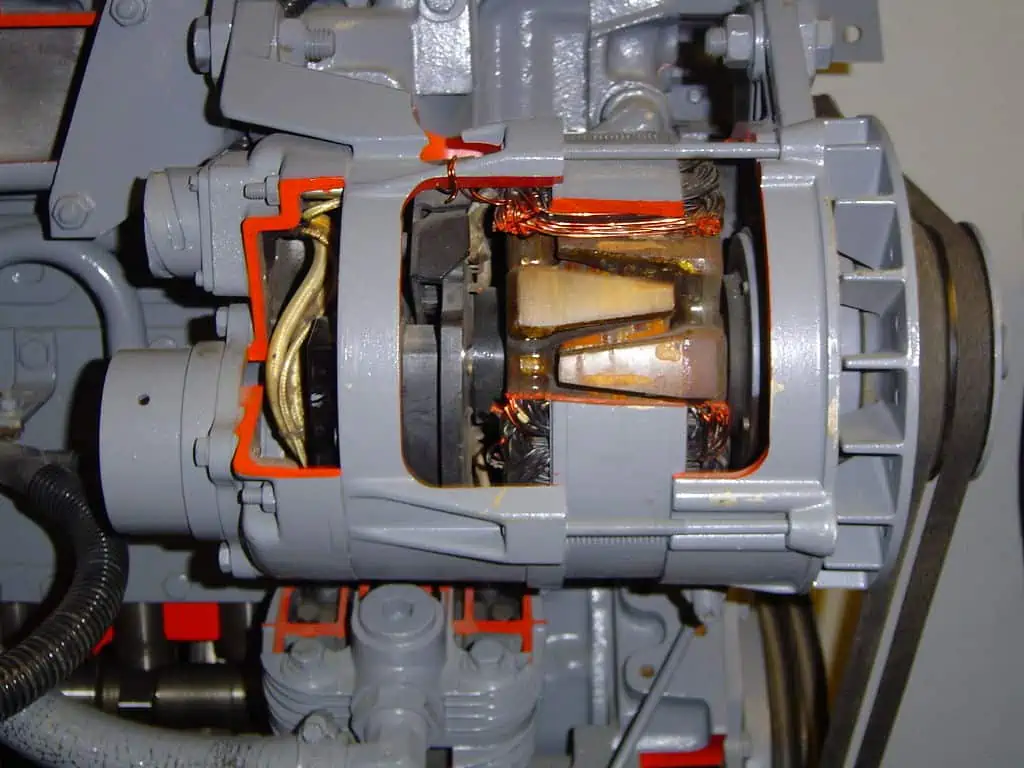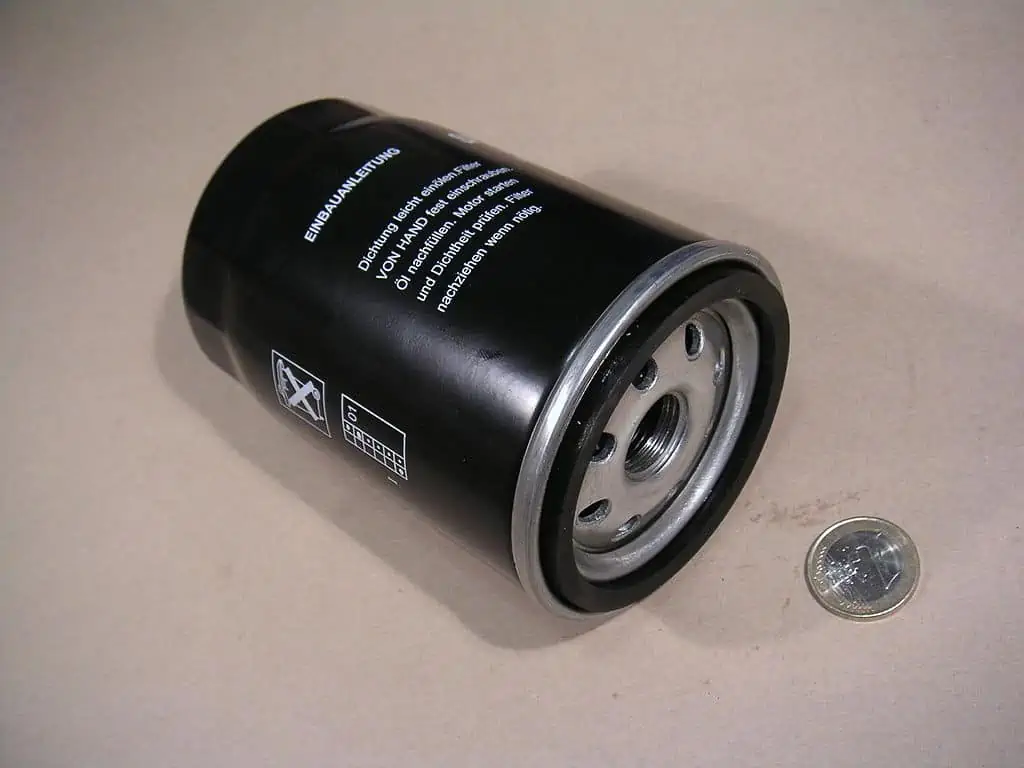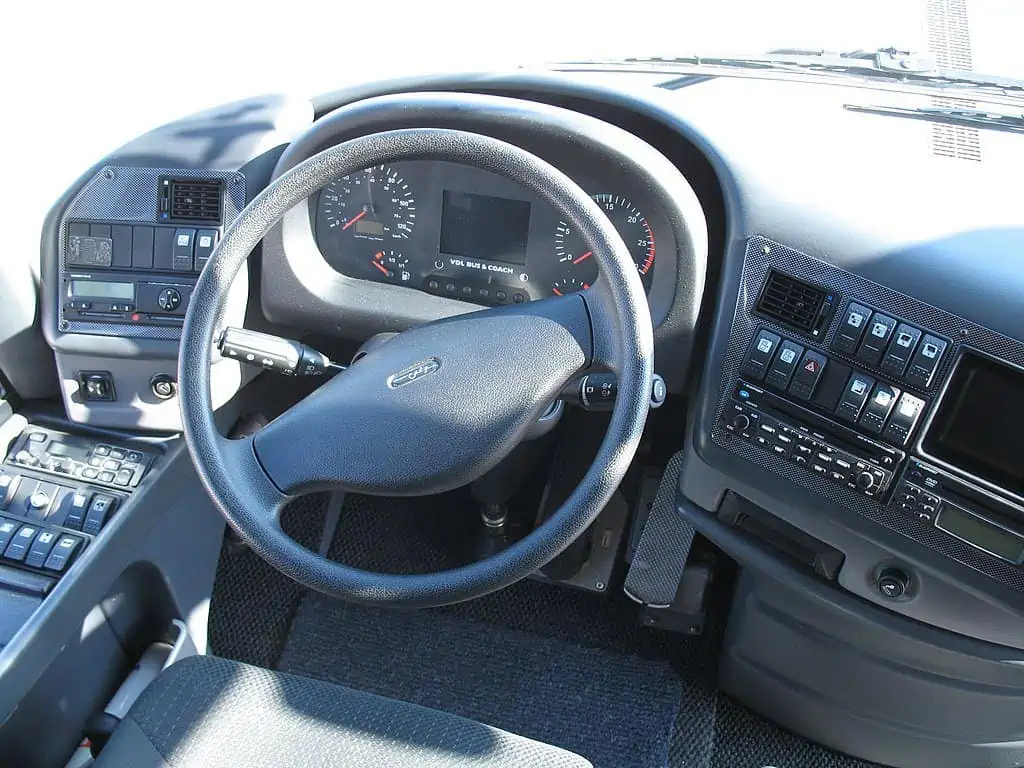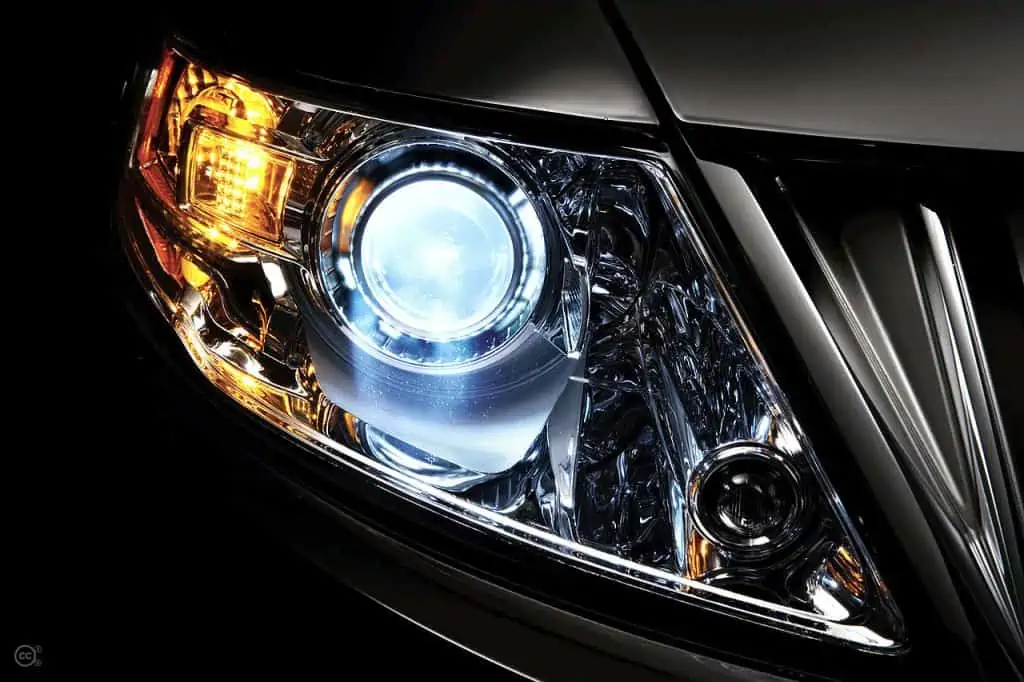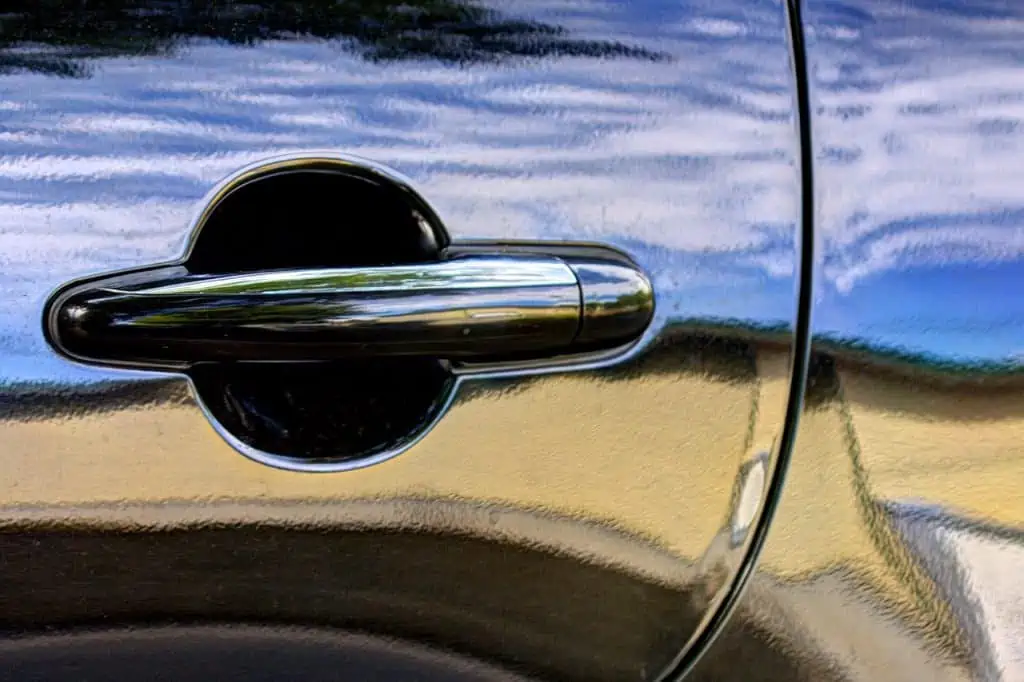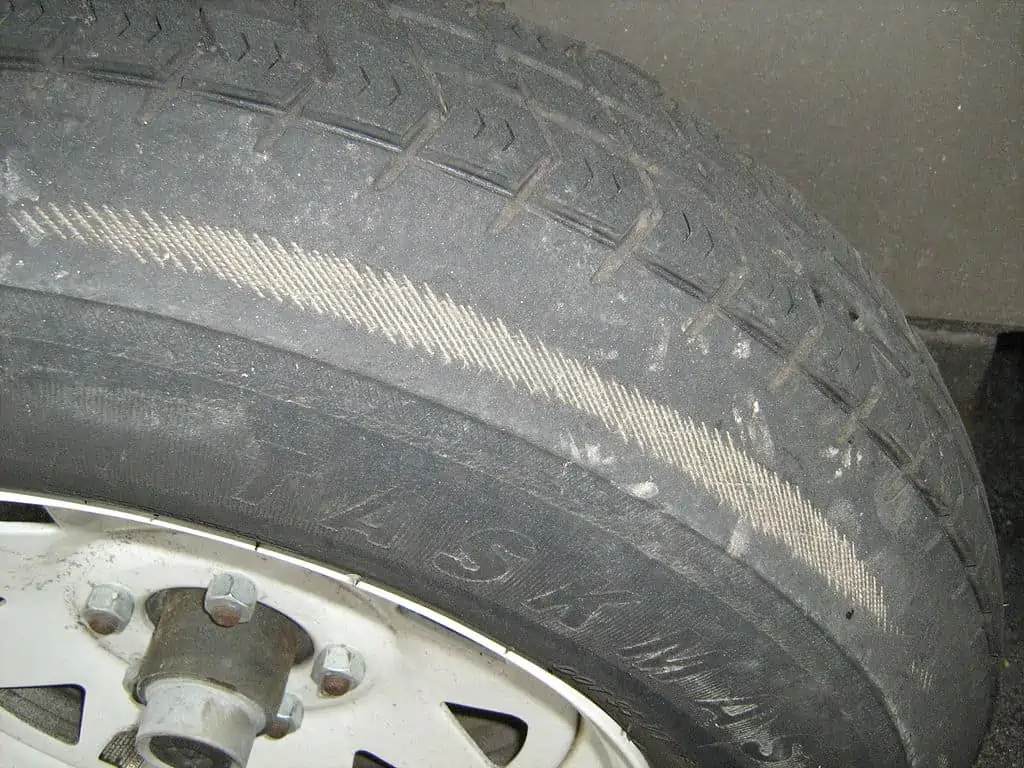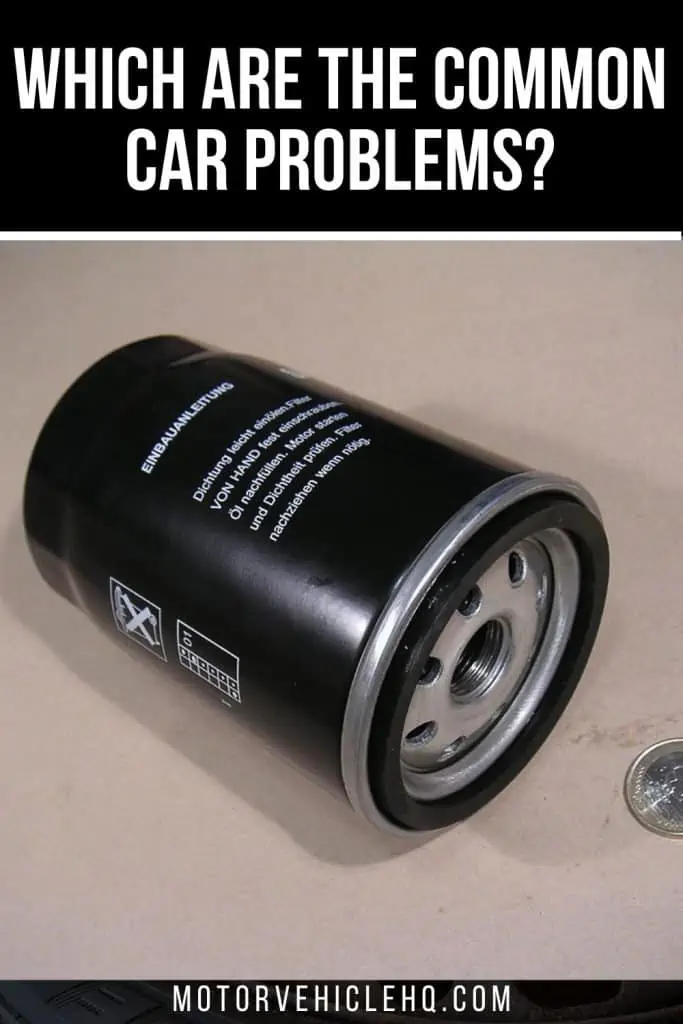To suggest that cars can be a bit of a money pit is an understatement. Gas and regular maintenance are additional costs to consider in addition to the prerequisites for lawfully operating a vehicle (such as a driver’s license, insurance, and registration) (i.e. oil changes, tire rotations, recommended manufacturer service, etc.).
But when an unexpected repair is required, cars can rapidly turn from a convenience to a hassle, especially when you take into account that the average car repair bill is in the $500 to $600 range.
We created this helpful guide to highlight some of the most prevalent vehicle issues Americans encounter and what you should and can do about them to assist you in better preparing for the unexpected and help take your preventative vehicle maintenance to new levels of efficiency and affordability.
Which are the Most Common Car Problems?
Part I: Automobile Engine or Drivetrain Problems
1. Issues with Emissions
Incorrect spark plugs, a broken gas cap, a dirty air filter, and a damaged catalytic converter all contribute to an excessively rich air-fuel mixture. What ties the aforementioned together? They are frequent reasons why a car emissions test fails.
Additionally, there’s a significant risk that the Department of Motor Vehicles won’t renew your vehicle’s registration when it expires if you fail an emissions test and don’t get the appropriate repairs.
Because of this, it’s always preferable to get your automobile fixed as soon as the “check engine” light illuminates or after a failed emissions test. If discovered fast enough, the majority of fixes only cost a few hundred dollars. If you put off the repair, the final cost might be as much as $1,000.
Exhaust catalytic converter by The RedBurn / CC BY-SA 3.0. An abnormally rich air-fuel mixture is caused by faulty spark plugs, a broken gas cap, a clogged air filter, and a damaged catalytic converter.
2. Transmission Issues
The transmission is the most crucial part of any car beneath the hood, second only to the engine. In some vehicle drivetrains, it is more expensive to replace the transmission than it is to replace the engine.
A burning smell, apparent delays in gear changes, grinding during gear changes, and gear slippage are some of the most typical transmission issues.
One essential maintenance procedure for your transmission is replacing the fluid as recommended by the manufacturer regularly. The fluid helps the transmission work smoothly by acting as a lubricant between its various parts and as a cooling agent.
3. Leaking Transmission Fluid
Transmission fluid flushes are crucial for maintaining the fluid’s quality and preventing corrosion and deterioration, just like radiator flushes are. The majority of transmission fluid leaks are due to pan leaks, which develop over time as a result of wear and strain.
The good news is that transmission fluid is simple to identify since, after your car has been sitting still for some time, a red puddle will form on your driveway. Reddish puddles or a burning odor coming from the fluid are signs that there is a transmission problem that has to be fixed.
According to the manufacturer’s advice, having your car’s transmission cleansed can frequently help find transmission problems and stop leaks in their tracks. A transmission flush is generally advised every 100,000 miles or so by manufacturers.
4. Thermostat Malfunction
It’s little and cheap, but it has a big impact on the overall structure of your car, especially the engine. For instance, your engine won’t function as it should when your thermostat breaks. This is primarily due to the thermostats’ ability to permit coolant flow via the larger coolant system.
Future engine problems may be caused by a defective thermostat. The good news is that installing a new thermostat is rather simple and can be done in under an hour. How can you tell if your thermostat is malfunctioning?
It is simple to test. Put your palm on the radiator’s top hose after starting your car. After a few seconds, if it soon warms up, it’s functioning well. You should consider replacing the thermostat if it warms up slowly or not at all.
5. A Sputtering Engine
Since the engine is a car’s most crucial and frequently priciest component, any problems you have with it will probably affect how you drive in general. Engine sputtering is a frequent problem that can have several causes.
The simplest one to identify is an engine that is out of fuel to burn, and the fix to stop it from sputtering is as easy as filling up the gas tank. However, if your gas gauge isn’t close to empty, your engine troubles are probably being caused by something more serious.
Engine sputtering is frequently brought on by a clogged fuel injector or a problem with the engine’s combustion. Any engine sputtering problems need to be fixed right away to guarantee your car runs smoothly and gets the most out of its fuel efficiency.
Car engine by Kether83 / CC BY 2.5. Sputtering in engines is a common issue with a variety of causes.
6. Defective Ignition Coil
For the spark plugs to ignite and the engine to start, ignition coils function to transfer ignition voltage. A car that starts difficult, misfires regularly, accelerates slowly, or lacks power is the common indication that an ignition coil is malfunctioning.
Although faulty ignition coils frequently don’t pose a threat to safety right away, it’s crucial to have the issue fixed before more engine damage might develop.
Part II: Auto Mechanical Problems
7. Consumption of Excess Oil
Your car shouldn’t be consuming oil at a rapid rate. This will make you need to refill it more frequently and may point to major engine problems. Most often, worn piston rings or valve guides are to blame for inconsistent oil burn-through.
Seals on the valves may also be a factor. The diagnosis of an oil-burning automobile is simple. With your own eyes, it’s simple to see. When you open the hood of your automobile while it is running and notice blue smoke rising from the engine, it usually means that you are using more oil than usual.
While you can just develop the practice of periodically topping off the oil to regular levels, this isn’t necessarily the ideal habit to form. That’s because it’ll probably result in an engine that runs harsher since the cylinders receive inconsistent quantities of oil.
8. Low Fuel Efficiency
Your car can fail an emissions test if it has poor fuel economy. It implies that you aren’t getting the most out of its MPG, which will ultimately result in higher gas prices. It can be challenging to identify the root cause of your miles per gallon decline because there are numerous potential causes.
To make sure that all of your car’s moving parts are functioning properly, it is usually ideal to get it inspected once per year or two.
Poor fuel efficiency can be caused by a variety of factors, including as unclean air filters, unbalanced or underinflated tires, suspension difficulties, lagging engines, transmission troubles, and outdated oil.
Another reason why a car’s fuel economy may decrease is due to your driving habits. If you frequently brake forcefully and accelerate quickly, your fuel economy won’t be nearly as excellent as it would be if you drove more cautiously (and safely).
9. Failure of the Alternator
When you’re in gear, the alternator effectively acts as the terminal that helps transfer electricity to your vehicle’s numerous electrical systems while you’re driving.
You will therefore be aware if an alternator fails. An alternator problem may be indicated by a dead battery, fading or flickering headlights, or weird noises emanating from your car.
The best course of action is to have the problem fixed right away if you think your alternator has failed. This is because a car without an alternator will draw all of its energy from the battery, which may lead the battery to discharge and the vehicle to not start.
Regrettably, new alternators are not inexpensive. An alternator can cost between $500 and $1,000 on average, not including installation.
The automotive alternator by Piero / CC BY-SA 3.0. The alternator effectively serves as the terminal when your car is in gear to help transfer electricity to all of its various electrical systems as you drive.
10. No Cold Air Coming from the Air Conditioner
Do you have a broken air conditioner? To stay cool during the sweltering heat, be aware that repairs are expensive. You should expect to pay between $200 and $800 for modest repairs, and up to $4,000 for more extensive ones.
The diagnosis of air conditioning repairs might often be challenging. They normally include adding refrigerant to the system and then keeping an eye on it to determine where leaks are occurring.
This will then frequently determine how serious the problem is. Common causes of broken air conditioning systems include pumps, hoses, and condensers.
11. Battery Failure
Dead batteries are one of the most frequent and simple automobile problems to fix, whether it’s from a prolonged period of cold weather draining the energy from your car’s battery or you’re using it to power something else.
Simply utilizing some jumper cables to jump-start your car should fix the problem if the battery is only running low on juice.
If your battery is no longer able to hold a charge, replacement batteries are reasonably simple to install yourself and cost around $150. Typically, automotive batteries last four years, but they can last up to seven.
Most mechanics, auto repair shops, and specialist car shops will examine your battery for free upon request to appraise it and assist you in deciding whether you need a new one. If not, you can find out about a dead battery the hard way when your car won’t start.
12. Defective Water Pump
The water pump is an essential component in preventing engine overheating. It is powered by the drive belt of the engine and is situated below the timing belt.
But if it’s not functioning properly, the coolant won’t be dispersed evenly throughout the car, which might cause the engine to overheat and finally fail. Repairing a water pump often costs several hundred dollars.
13. Obstructed Filters
Your car’s air quality will be affected if the air filter is blocked, but not just inside the car. Additionally, it will reduce fuel efficiency because it will make your engine work harder and put more strain on it as a whole.
Given the potential implications of disregarding them and how they may affect fuel economy and vehicle lifespan, air filters are among the simplest car parts to replace.
Generally speaking, auto air filters need to be replaced every 15,000 to 30,000 miles. Reduced horsepower, odd engine noises, or a misfiring engine are some indications that your air filter needs to be changed.
An oil filter by Nutzdatenbegleiter / CC BY-SA 4.0. Because clogged fuel filters make your engine work harder and put more load on it as a whole, they will decrease fuel economy.
14. Engine Overheating
You’ve probably seen a car pulled over on the side of the road with steam coming from under its hood while driving before. They probably stopped because their engine overheated, which happens when an engine cannot cool off adequately.
So what causes an engine to overheat? There are numerous causes, such as a cooling system leak. Or a leak in the engine housing, hoses, gaskets, or radiator.
Get to the bottom of the problem as soon as possible if your car’s engine is overheating so you can keep using your vehicle as needed. Therefore, pay attention and take action right away if the temperature gauge on your dashboard is unusually ticking up.
15. Issues with Catalytic Converters
This essential exhaust emissions equipment aids in lowering the number of pollutants leaving your tailpipe. These parts, however, are susceptible to a few problems. They can clog up for one, which frequently causes engine overheating.
Additionally, since these parts are made of various priceless metals, including copper, nickel, iron, and manganese, catalytic converter theft is a typical occurrence. Repairing and replacing a catalytic converter may be expensive, costing anywhere from $300 to $3,000 when materials and labor are taken into account.
16. Spark Plug Issues
One of the simplest and most crucial parts of the engine is the spark plugs. They make sure that the engine of the car can turn over properly by working to ignite the fuel-air combination in the engine cylinders.
The spark plugs thus continue to contribute to maintaining the ignition of the air-fuel mixture after the vehicle has been started.
However, spark plugs have a shelf life just like every other auto part. They should typically be replaced after 30,000 miles. How do you determine when it’s time to replace your spark plugs?
Keep an eye out for some symptoms, such as difficulty starting, engine misfiring, low fuel economy, sluggish acceleration, or vibrations when idling.
The good news is that replacing your spark plugs is generally a do-it-yourself project, and if you don’t feel comfortable doing it yourself, it’s typically a standard, reasonably priced service at repair shops.
You might need to replace the wiring in more serious spark plug situations. Because of this, performance may be a little off even with brand-new spark plugs. This is because the carbon fiber wires from which they are constructed separately degrade with time. Changing a wire typically costs a few hundred dollars.
17. Steering Problems
If there is a steering problem with your car, it is usually very easy to identify. Vibrations when driving, difficulties turning the wheel, a loose steering wheel, weird noises while driving, or the feeling that the car is dragging to one side while you’re driving are some frequent steering problems. Get your car serviced as soon as possible if you notice any of these problems.
Any problem that affects steering puts both your safety and the safety of other drivers on the road in danger. Sometimes, poor tire inflation alone might cause steering problems. They might be brought on in other circumstances by issues with the suspension.
Steering wheel by Lukas 3z / CC BY-SA 4.0. Your safety and the safety of other drivers on the road are both at risk whenever there is an issue with the steering.
18. Leaking Radiators
Is the amount of coolant low? Do you frequently discover a wet pool underneath your car after parking it for a while? If so, your radiator most likely leaks. Corrosion is the most frequent cause of radiator leaks.
The main reason for this is that radiators, their hoses, and the connectors for the hoses are frequently exposed to silt over time, which can lead to the component rusting out and creating holes in the radiator.
The easiest way to make sure your radiator is in good condition is to follow the radiator flush schedules suggested by the vehicle’s manufacturer. This will guarantee that new coolant is added as required and help clear the system of silt that accumulates over time.
Radiator flushes don’t need to be done all that frequently. Once every five years or 100,000 miles, whichever comes first, is how often most manufacturers advise doing it.
19. Starter Motor Failure
When you start your car, do you notice any grinding noises? If so, it might be a result of the starter motor’s deterioration. If this is the situation, it won’t engage properly and may harm the engine flywheel. Another indicator of a defective starting motor is slow or arduous cranking.
The duration of starters varies. They may last up to 200,000 kilometers in some automobiles. Others might only have them for 30,000 or so. The good news is that it can be fixed pretty cheaply when it breaks down.
20. Issues with Purge Control Valves
The purge control valve is a component of an automobile’s EVAP system, which helps to keep gasoline tank vapors from leaking into the atmosphere.
In certain driving situations, these vapors are injected into the engine and burned there rather than being released into the atmosphere. The purge valve frequently does not close completely, which can lead to issues like difficulty starting or running once the engine has started.
Part III: Issues with Car Electricals
21. Broken Lightbulbs
The bulbs in your vehicle’s headlights, taillights, fog lights, and turn signals are made to last, especially if they are LEDs, which have an even longer lifespan. But there’s a strong possibility you’ll need to replace more than a few bulbs if you own a car for a long time.
The majority of halogen bulbs have a lifespan of 500 to 1,000 hours, but when they burn out, they pose a serious risk to nighttime driving safety. Burned-out turn signal bulbs can be a safety risk at any time of day since other drivers might not be aware of your intended course of action.
The good news is that replacing bulbs is not difficult, so there is no reason to put off replacement. For instructions on how to replace bulbs, refer to your user’s handbook, but generally speaking, front-end bulbs can be accessed under the hood, and back-end bulbs may be accessed through the trunk.
You might need to have your vehicle repaired if some bulbs continue to burn out too soon due to an electrical problem.
Car lamps by Ford Motor Company / CC BY 2.0. The headlights, taillights, fog lights, and turn signal bulbs in your car are built to last, particularly if they are LEDs, which have an even longer lifespan, but that is not always the case.
22. Issues with Power Windows
You don’t need us to tell you how annoying it may be to roll up your windows only to have them stop a few inches short of the top. Without success, you try rolling them down and back up. You attempt to depress the power window button. No luck. If this occurs, the weather might be to blame.
Get the car into a garage or another warm location before trying again since windows might stick in cold weather. When the button is pressed, if they still won’t go all the way up or if they won’t open at all, it might indicate a more serious problem. Blown fuses, damaged starters, and defective motors are some typical problems.
23. Issues with the Power Door Lock
Power locks in your car use a motor to lock and unlock the doors, just like power windows do. Additionally, if nothing happens when you press the button inside the car or the key fob to lock or unlock the doors from the outside, it’s probably because the motor isn’t working properly.
If you’re lucky, the issue may simply be with the actuator. If not, it might require more expensive repairs, which might cost up to $700. Although physically locking and unlocking your doors is an option, it might not provide you with the convenience you’re seeking when trying to get into your car.
24. Car Sensor Problems
Nowadays, cars are outfitted with a ton of electronics to alert drivers to potential problems with their vehicles at the first hint. There are sensors for things like speed, throttle position, oxygen, camshaft, etc. It’s either an electrical problem or a deeper issue with the car that’s causing the issue if a sensor is activating irregularly.
Sensors that are activating frequently indicate a deeper problem with the car rather than an electrical problem. Frequently, malfunctioning sensors also affect safety measures that rely on them, like in the case of faulty wheel speed sensors that affect traction control. When sensors trigger an alert, it’s crucial to have your car serviced to make sure it’s operating safely and effectively.
The oxygen sensors that are positioned in the exhaust manifold are one of the more challenging types of sensors. In essence, these sensors check the amount of oxygen in the exhaust to make sure the fuel mixture is correct.
This mixture cannot be measured by a malfunctioning oxygen sensor, which results in less fuel being used and higher fuel consumption.
Sensors that measure mass airflow are another crucial but difficult type. Poor acceleration or even a car that won’t start at all can result from a malfunctioning mass air flow sensor.
Typically, the check engine light will come on when this sensor malfunctions. The fundamental problem can then be found with a quick diagnostic check. However, it is common for these sensors to cost $300 or more to replace.
Part IV: Exterior Car Problems
25. Paint Issues
Dents and scratches are discussed elsewhere on this list, but your car may also develop other paint issues over time. Dullness, wrinkling, peeling, sagging, or spots are a few typical paint problems.
There are a few things that you might want to try out first because paint problems aren’t always simple to fix and you could need the assistance of a paint and body shop to fully restore it.
To examine whether there is any debris that is causing the discoloration, you can attempt cleaning or lightly sanding the affected area. You might also look for a paint chip that is an identical match and try to fix it yourself. However, take caution because it might be difficult to undo a poor paint restoration job.
Paint peeling from a car by Zellfaze / CC BY-SA 2.0. Some common paint issues include dullness, wrinkling, peeling, sagging, or stains.
26. Scratches and Dents
Your car will experience some wear and tear if you use it. Furthermore, the question of when minor dents and scratches will occur is more important than whether they will.
You might submit a claim to your insurance provider to have the body damage fixed, but that’s typically a terrible idea because you’ll need to pay the deductible before anything is reimbursed.
Of course, there is also the chance that your insurance premiums will go up. However, the good news is that small dings may be quickly remedied by attempting to suction them out of the car’s body.
If your vehicle has scratches, you can fill them in with paint that matches your car exactly, or you can buy a scratch-repair product.
If the damage or scrape needs expert repair, you may probably get it done at a service center for much less than what your insurance deductible would cost.
27. A Fuel Cap Which Is Loose or Cracked
Even though many more recent automobiles don’t even have gasoline caps, the ones that do frequently have problems. It’s primarily because of the plastic composition of the gasoline cap, which tends to shatter or wear after numerous rotations at the gas pump.
The good news is that, as long as you’re confident that water won’t enter the fuel tank and as long as you don’t mind keeping an eye on the gas cap light on your dash, you don’t need to replace the fuel cap to safely operate your car. If you decide to replace the cap, the cost is often about $50.
28. Windshields that are Streaky
When you use your windshield wipers in rainy or snowy conditions, does it streak? If so, you should fix it so that it doesn’t interfere with your vision while operating a car. Windshield wipers are the most frequent cause of a streaky windshield, and they are also one of the simplest to fix.
Wiper blades deteriorate over time, and if there is a space between them and your windshield, it could cause streaks to appear when the wipers are used. Windshield wipers may be purchased at any automotive retail store for a reasonable price of $12 to $30 per blade.
They are also simple to replace because most of them simply click in. It’s crucial to always maintain proper wiper fluid levels in addition to making sure your windshield wipers are in good working order. (Or do your interior windshields have streaks? Here’s a guide to thoroughly cleaning your interior windshield.)
Part V: Braking and Car Tires
29. Uneven Wear on Tire Treads
Tire tread wear that isn’t uniform has the potential to be expensive and dangerous. For instance, overly worn tires can make stopping difficult and increase the risk of hydroplaning. Even poor wheel bearings may be the cause.
The cost element comes into play next since tires that are dangerously worn below the safe tread limits may need to be replaced. It’s recommended to get your tires rotated frequently to guarantee even wear.
The recommended rotation frequency is typically every other oil change. Mechanics will be able to determine whether any more variables might be causing uneven wear when your tires are rotated.
Uneven tire tread wear has the potential to be costly and dangerous for the safety of passengers and other motorists on the road
30. Damaged Brake Pads
Driving is a fact of life; brakes deteriorate over time. But one of the riskier typical auto problems is having worn-out brake pads. This is because any braking delay, no matter how slight, can be a significant safety concern.
Therefore, it’s crucial to change your brake pads as the manufacturer advises (typically after 50,000 miles) and to be aware of any symptoms or signals that can point to unsafe levels of brake pad wear. Slow stops, a screaming sound when applying the brakes, and vibration while braking is a few of them.
31. Tire Pressure Inconsistencies
Uneven tire wear has already been mentioned on this list, but there is one more tire-related car problem that has to be mentioned: tire pressure problems. Tire pressure sensors are now a standard feature in most automobiles, warning drivers when PSI levels are too low.
Drivers cannot be warned by sensors when tire pressure is too high, though. In either case, inconsistent tire pressure can cause uneven tread degradation and potentially be dangerous. Low-pressure tires will wear out more quickly, while high-PSI tires run the risk of blowing out and are more likely to hydroplane.
You can see why it’s important to always keep your tire pressure levels as close as possible to the manufacturer’s recommendations. Pay close attention to your tire pressure levels during cold weather because most tires can lose up to 1 PSI for every 10 degrees of temperature drop. In contrast, psi tends to rise as the temperature rises. It’s a good idea to make it a routine to check your psi levels regularly.
The Conclusion
So tell us, how many of these typical auto problems have you encountered? With an average car repair expense of $500 to $600 each visit and the variety of things that may go wrong with your car simply from driving it, we’d suggest you start saving money for rainy days right now.
After all, driving on shaky roads, paying for insurance and registration, and paying for repairs are the three things you can count on when you own a car.
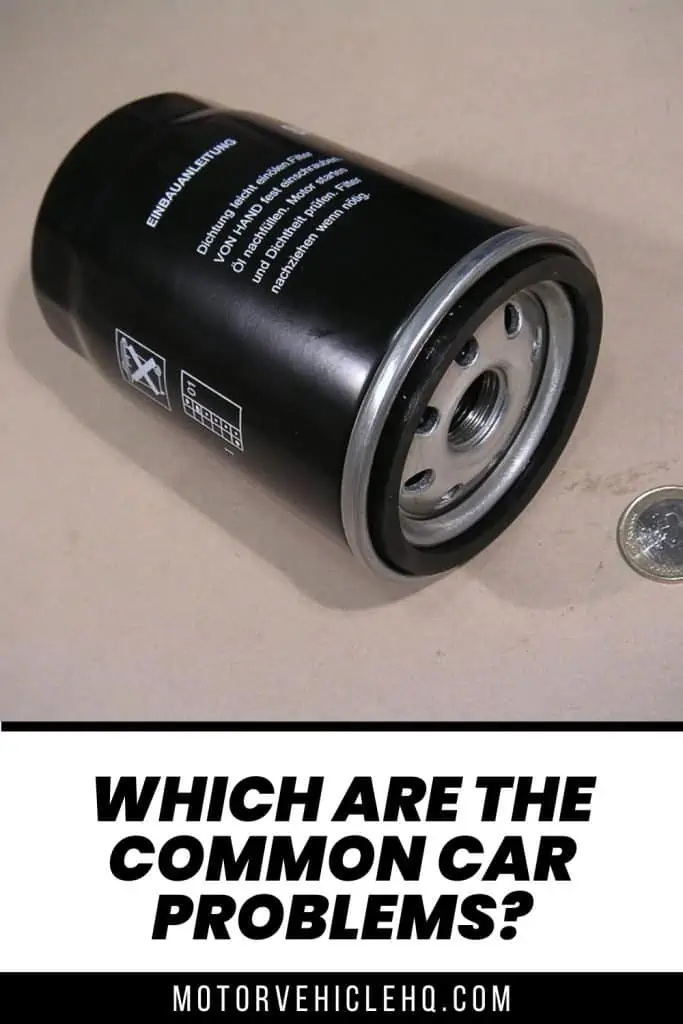
An oil filter by Nutzdatenbegleiter / CC BY-SA 4.0

Jim Wicks is the founder of MotorVehicleHQ. With over two decades of experience in the automotive industry and a degree in Automotive Technology, Jim is a certified car expert who has worked in various roles ranging from a mechanic, car dealership manager, to a racing car driver. He has owned more than 20 cars over the past 15 years. Ask him about any vehicle you see on the road and he can tell you the make, model and year. He loves the aesthetics of all things cars, and keeps his vehicles in pristine condition.
In his free time, Jim enjoys getting his hands dirty under the hood of a classic car or taking long drives along the country roads. His favorite car? A 1967 Shelby GT500, a true classic that, according to Jim, “represents the pure essence of American muscle.”
